Springer International Publishing Switzerland 2015
Maurizio Spurio Particles and Astrophysics Astronomy and Astrophysics Library 10.1007/978-3-319-08051-2_1
1. An Overview of Astroparticle Physics
1.1 Introduction
The Standard Model (SM) of particle physics, which includes the theory of electroweak interaction and quantum chromodynamics for strong interaction, explains quite well all available experimental results in particle physics (Braibant et al. ). The SM predictions had precise confirmations from the measurements performed at the LEP and SLAC electron-positron colliders, with the discovery of the

quark at the Tevatron

collider. The theory was recently crowned by the discovery at the LHC of the last missing piece of the theory: the Higgs boson.
On the other hand, few physicists believe that the SM is the ultimate theory. Some considerations show that the SM is incomplete and represents a sort of low energy limit of a more fundamental theory, which should reveal itself at higher energies. These considerations are based upon the facts that:
the SM has many free parameters which need an experimental input (the masses of leptons, quarks, and gauge bosons; the mass of the Higgs boson; the coupling constants;...);
the three-family structure of lepton and quarks remains unexplained;
the SM does not contain gravity;
there are several unresolved fine-tuning problems;
there are several unresolved aesthetic problems, such as the fact that the electric charge of the fundamental fermions and bosons is quantized in multiples of

, without a deeper justification;
Fig. 1.1
An idealized sketch of the evolution of the Universe: from Big Bang to the present. The drawing was made by Giorgio Giacomelli
The threshold for this higher energy limit could be so high that no accelerator on Earth, also in the far future, will be able to reach it. For instance, Grand Unified Theories (GUTs) of electroweak and strong interactions predict that new physics would appear at extremely high energies,


GeV. It is in this context that astroparticle physics plays a fundamental role.
There are important connections between astrophysics, particle physics, and cosmology, in particular in the early Universe, which is commonly described as a gas of very energetic particles. As time proceeded, the Universe, Following the the Universe expanded, the energy per particle decreased, phase transitions took place, the nature of particles changed, and there was a symmetry breaking from unified to nonunified interactions, Fig.. In recent years, some indication from the study of the early Universe pointed out some features that are completely outside the SM, namely:
a large fraction (about 70 %) of the mass-energy is made of an unknown form of dark energy ;
a large fraction of the mass-energy (about 25 %) is made of an unknown form of dark matter ;
the matterantimatter asymmetry observed in the Universe is not fully justified by the charge-parity (CP) violation allowed within the SM.
Fig. 1.2
Spectral range of electromagnetic radiation
Grand Unification Theories foresee the nonconservation of the baryon and lepton numbers. Some models in the 1980s predicted proton lifetimes of the order of

years. This lifetime is much longer than the age of the Universe, but experimentally measurable. This motivated the construction of large detectors aimed at a search for proton decay. The experiments contained more than 1 ton (


nucleons) of material, and were located underground to shield the experiment from the radiation due to cosmic rays. Only the penetrating component of secondary radiation, namely muons and neutrinos, is able to reach the detectors at such depths. Contrary to the optimistic expectation, no proton decays were observed (actually, the measured lifetime turned out to be longer than


y) but the background events induced by the atmospheric neutrinos were particularly important. The events induced by atmospheric

were roughly in agreement with the expectation. However, the number of events induced by

was lower than expected. This was attributed to the phenomenon of neutrino oscillations , caused by a quantum-mechanical mixing between massive neutrinos. The definitive discovery of a nonzero neutrino mass in 1998 using atmospheric neutrinos was the result of long experimental investigation. This represented the first experimental hint for physics beyond the Standard Model.
1.1.1 Astrophysics and Astroparticle Physics
Both astrophysics and astroparticle physics study the nature of cosmic objects, but using different experimental techniques. We currently use the term astrophysics when the studied astronomical messenger is the electromagnetic radiation, see Fig.. We use astroparticle physics when the cosmic objects are studied with experimental techniques similar to those used in high-energy physics. Astronomical messenger probes observed by astroparticle detectors are charged cosmic rays, neutrinos, high energy

-rays. Astroparticle physics searches include that for unknown dark matter, for other relic primordial, or exotic particles, the study of rare phenomena in a low-radioactivity environment.
Experimental astroparticle physicists usually can swap from nonaccelerator experiments to accelerator or collider experiments; they are readily found in the Physics departments of universities or research agencies as well as at the major high-energy accelerator laboratories all over the world, as the European Laboratory for Particle Physics (CERN). Astrophysicists usually they are readily found in Astronomy sections of Physics and Astronomy departments and observatories. Also, the journals where astroparticle and astrophysics papers are published are in most cases different. Consequently, there exists a cultural difference between the astrophysics and the particle physics communities.



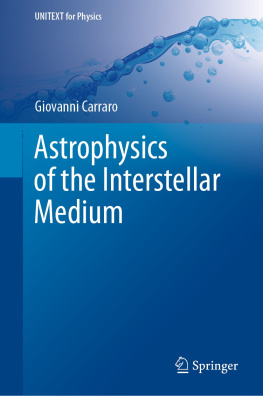

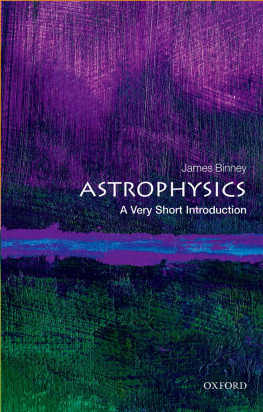

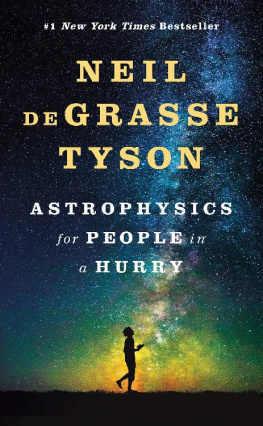
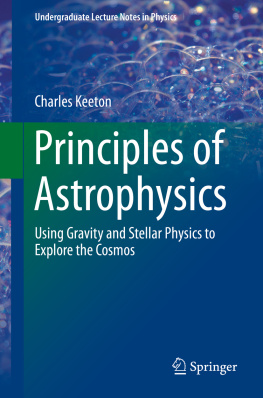

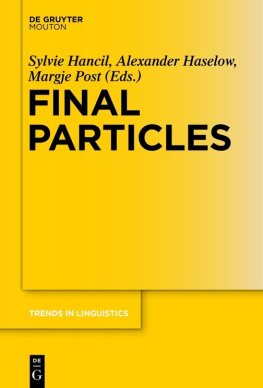
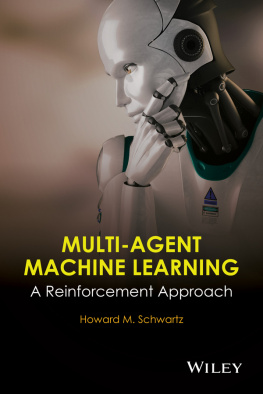
 quark at the Tevatron
quark at the Tevatron  collider. The theory was recently crowned by the discovery at the LHC of the last missing piece of the theory: the Higgs boson.
collider. The theory was recently crowned by the discovery at the LHC of the last missing piece of the theory: the Higgs boson. , without a deeper justification;
, without a deeper justification;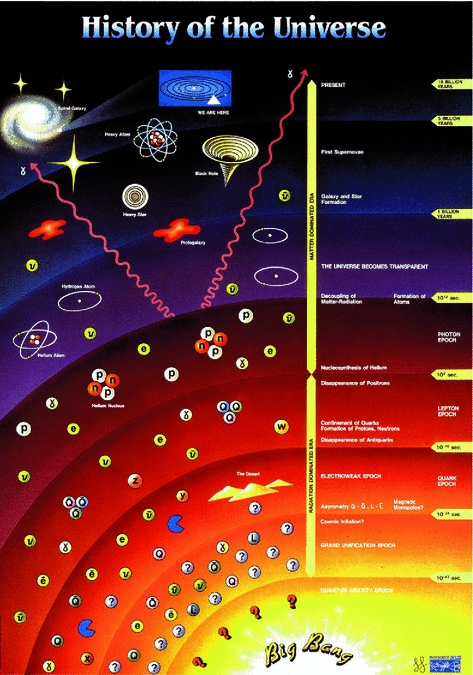

 GeV. It is in this context that astroparticle physics plays a fundamental role.
GeV. It is in this context that astroparticle physics plays a fundamental role.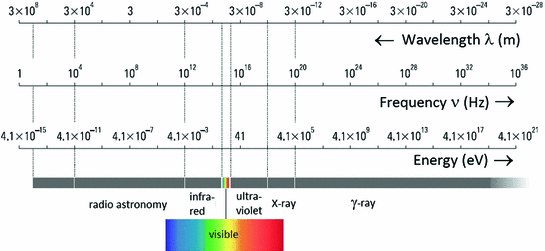
 years. This lifetime is much longer than the age of the Universe, but experimentally measurable. This motivated the construction of large detectors aimed at a search for proton decay. The experiments contained more than 1 ton (
years. This lifetime is much longer than the age of the Universe, but experimentally measurable. This motivated the construction of large detectors aimed at a search for proton decay. The experiments contained more than 1 ton ( 
 nucleons) of material, and were located underground to shield the experiment from the radiation due to cosmic rays. Only the penetrating component of secondary radiation, namely muons and neutrinos, is able to reach the detectors at such depths. Contrary to the optimistic expectation, no proton decays were observed (actually, the measured lifetime turned out to be longer than
nucleons) of material, and were located underground to shield the experiment from the radiation due to cosmic rays. Only the penetrating component of secondary radiation, namely muons and neutrinos, is able to reach the detectors at such depths. Contrary to the optimistic expectation, no proton decays were observed (actually, the measured lifetime turned out to be longer than 
 y) but the background events induced by the atmospheric neutrinos were particularly important. The events induced by atmospheric
y) but the background events induced by the atmospheric neutrinos were particularly important. The events induced by atmospheric  were roughly in agreement with the expectation. However, the number of events induced by
were roughly in agreement with the expectation. However, the number of events induced by  was lower than expected. This was attributed to the phenomenon of neutrino oscillations , caused by a quantum-mechanical mixing between massive neutrinos. The definitive discovery of a nonzero neutrino mass in 1998 using atmospheric neutrinos was the result of long experimental investigation. This represented the first experimental hint for physics beyond the Standard Model.
was lower than expected. This was attributed to the phenomenon of neutrino oscillations , caused by a quantum-mechanical mixing between massive neutrinos. The definitive discovery of a nonzero neutrino mass in 1998 using atmospheric neutrinos was the result of long experimental investigation. This represented the first experimental hint for physics beyond the Standard Model. -rays. Astroparticle physics searches include that for unknown dark matter, for other relic primordial, or exotic particles, the study of rare phenomena in a low-radioactivity environment.
-rays. Astroparticle physics searches include that for unknown dark matter, for other relic primordial, or exotic particles, the study of rare phenomena in a low-radioactivity environment.